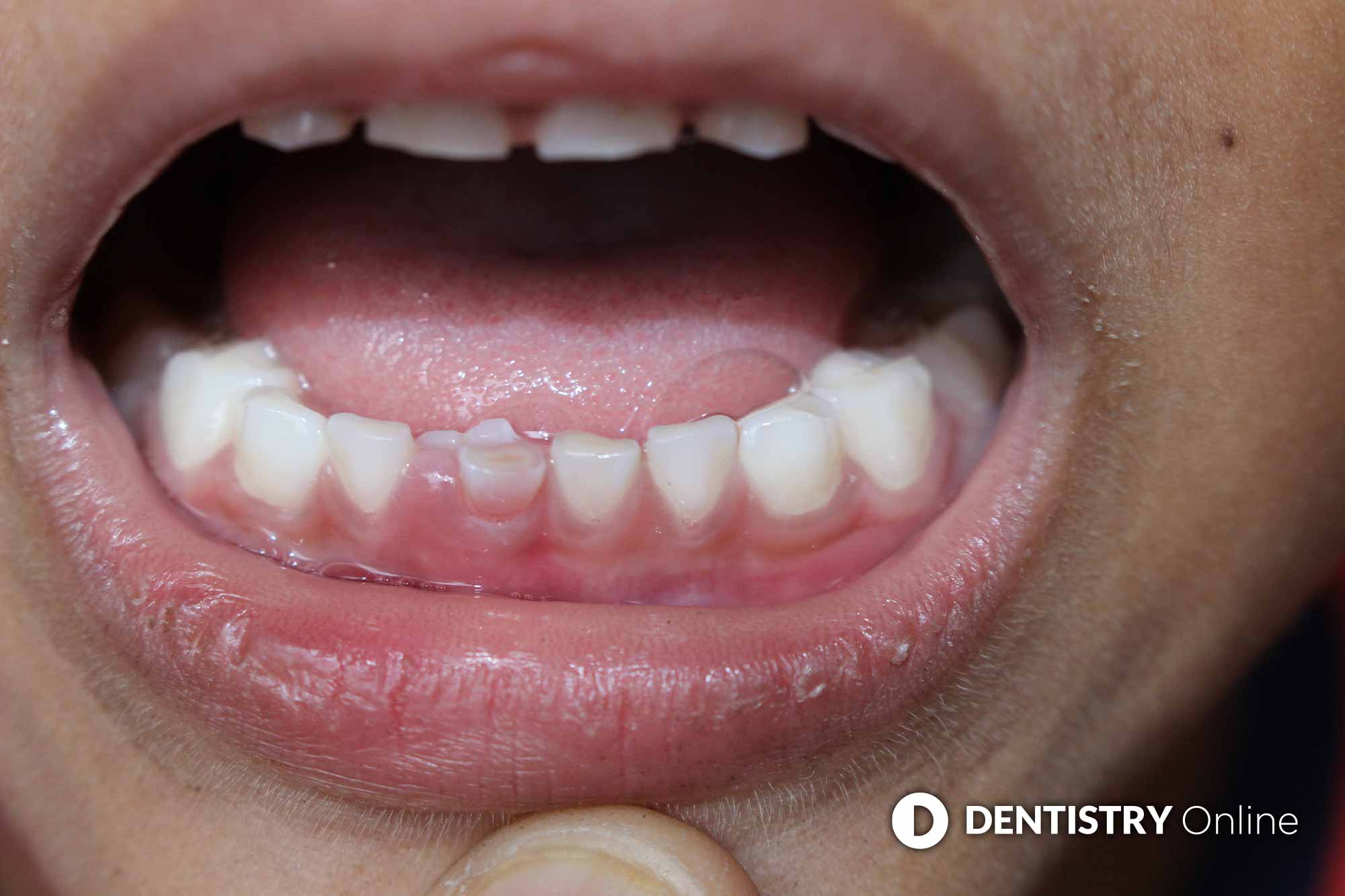 Andrei Gutierrez reveals a new campaign to drive routine screening for erosive tooth wear as part of oral examinations.
Andrei Gutierrez reveals a new campaign to drive routine screening for erosive tooth wear as part of oral examinations.
Why is it important to prioritise erosive tooth wear among all other issues?
Andrei Gutierrez (AG): Erosive tooth wear is the third most common dental condition. And its prevalence is increasing.
Our modern snacking culture, coupled with an ageing population that retains teeth for longer, means erosive tooth wear is a rapidly increasing risk.
But with early identification and patient counselling, dental professionals can prevent the condition from developing.
Erosive tooth wear is not routinely identified or checked for. However, with the help of leaders from the Erosive Tooth Wear Foundation, we want to change that.
What are the implications of not treating the condition?
AG: Reports show that the rise in snacking culture combined with the popularity of fresh fruit and fruit juices has increased the risk of developing erosive tooth wear.
Especially when they consume these outside of mealtimes.
Odds ratios, for example, increase nearly 12-fold when acidic drinks are consumed on two occasions outside of meals (O’Toole et al, 2017).
This highlights how modern diets and lifestyles have a substantial role to play.
If the condition is neglected, the impact on aesthetics and function, as well as the financial implication of restoration, is significant.
How can professionals integrate checks for erosive tooth wear into appointments?
AG: Despite being the third most commonly observed oral condition, affecting up to 30% of European adults and not requiring a drill to fix, UK research shows that erosive tooth wear is currently not routinely screened for or monitored, as part of the standard dental examination (O’Toole et al, 2018).
With early identification of erosive wear, prompt preventive discussions can take place with patients.
Simple advice, such as limiting the number of acidic drinks you have and switching when you have them to mealtimes, may make a real difference in reducing patient risk.
To start these conversations, professionals can ensure they incorporate the Basic Erosive Wear Examination (BEWE) into every oral assessment.
The BEWE offers a simple way to screen for and record signs of erosive tooth wear.
It acts as a prompt to protect both the patient and the dental professional.
Based on a patient’s cumulative BEWE score, the clinician can make an appropriate plan to manage erosive tooth wear.
Clinicians can integrate the BEWE into appointments alongside the Basic Periodontal Examination (BPE). This makes it a quick, effective and validated tool for assessing enamel wear.
How are professionals supporting dentists to raise awareness of erosive tooth wear?
AG: Together with some of the leading dental bodies, we launched a joint campaign to drive the awareness of erosive tooth wear.
We want to tackle the issue head on, and therefore change the way the dental profession as a whole approaches erosive wear.
This is why, with the support of leaders of the Erosive Tooth Wear Foundation, we are encouraging dental professionals to incorporate BEWE into their standard dental examination. Ensuring its presence in every oral assessment.
How important is self-care in the prevention of erosive tooth wear?
AG: Processes like BEWE are vital examination tools. But it’s important that patients are aware of self-care preventive measures.
With the recent uncertainty surrounding COVID-19, patients may well be reluctant to return to the dentist due to safety concerns.
This increases the importance of prevention. With many patients needing to use self-care methods over professional treatment.
Healthcare professionals should ensure they provide patients with the correct oral hygiene and dietary advice. Allow them to keep healthy gums and teeth. And avoid erosive wear or gum issues while the dentist is not as accessible.
For more information about erosive tooth wear and about how to implement the BEWE in practice, visit GSK’s dedicated microsite: gsk.dentistry.co.uk.
This article first ran in Dentistry magazine. You can read the latest issue of Dentistry magazine here.
Follow Dentistry.co.uk on Instagram to keep up with all the latest dental news and trends.
References
O’Toole S, Bernabe E, Moazzez R, Bartless D (2017) Timing of dietary acid intake and erosive tooth wear: A case-control study. Journal of Dentistry 56: 99-104
O’Toole S, Khan M, Patel A, Patel NJ, Shah N, Bartlett D, Movahedi S (2018) Tooth wear risk assessment and care-planning in general dental practice. Br Dent J 224(5): 358-62
O’Toole S, Pennington M, Varma S, Bartlett DW (2018) The treatment needed and associated cost of erosive tooth wear rehabilitation – a service evaluation within an NHS dental hospital. BDJ 224: 957-61


